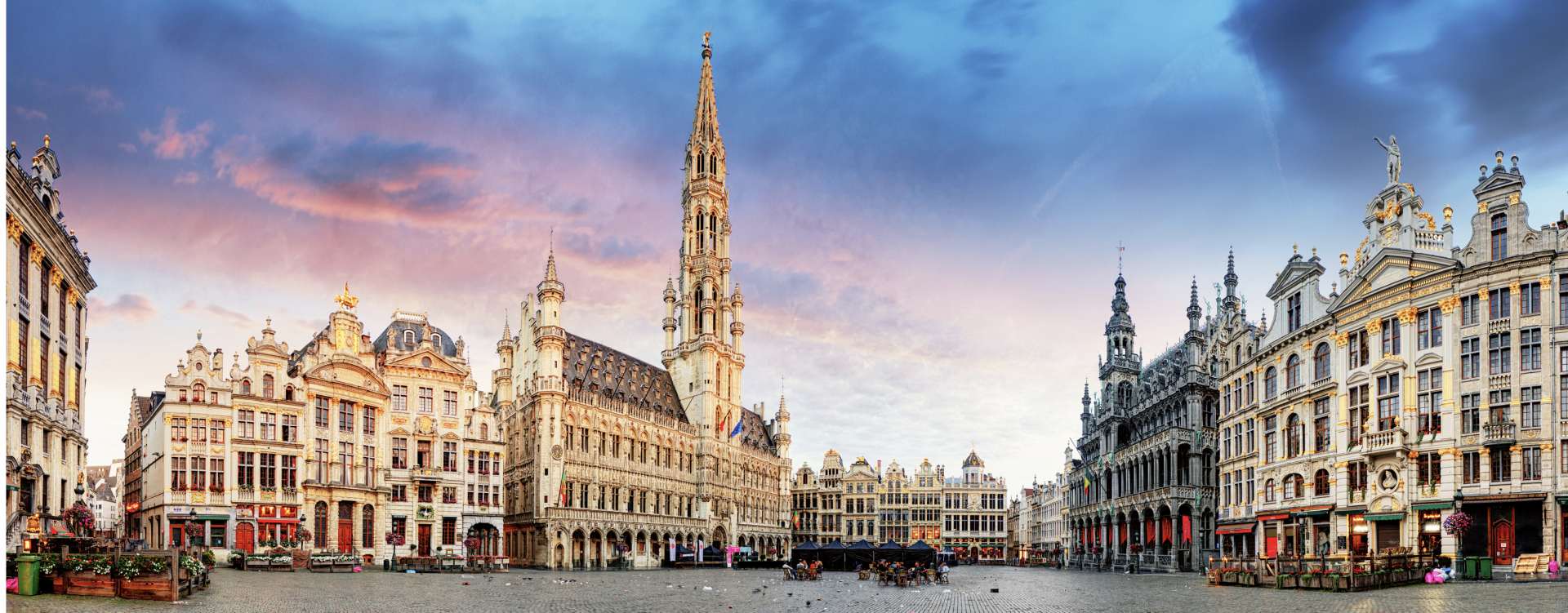
Conference Report: FOSDEM 2025
There are a lot of ways to be involved with Open Source software. Development is the obvious thing that will jump to everyone first, but many people aren’t developers and there are other ways to contribute.
You can write code, but you can also test in-progress developments and releases, read and correct documentation, write new documentation, answer questions in one of a thousand places, work on advocacy, raise money, coordinate contributors, or run events. Running events is an amazing way to give back to the community, but it can take an incredible amount of work just to get ten people together.
We are lucky in the BSD world that we have three major geographically diverse conferences, and any given year the calendar is bursting with events. Ask anyone trying to slot in a hackathon about the number of conflicts they must work around.
Most Open Source projects don’t have the required scale and infrastructure to run a regular conference. Meeting is difficult, and some people may be lucky enough to get help from their employer to meet other developers a couple of times a year. The cost required to put on a conference is too much for most small projects and interaction is often online only.
In Europe, FOSDEM fills an important ecosystem niche. FOSDEM is the largest Open Source conference in the world and is open to all. The event completely takes over the UCB campus in Brussels and boasts 8,000 or so attendees. FOSDEM handles the difficult logistics of finding a venue and gives projects a place to meet, rooms to discuss and present, and places to show off demos. Such a large event doesn’t just enable developers of projects to meet up, it also creates a lot of cross-pollination between projects possible.
To keep everyone busy, there is a main track of talks, hundreds of projects, or topic-specific dev rooms, and stands for projects to show their presence. FOSDEM needs projects of all sizes to run, and in exchange, it gives those attendees access to everyone else who comes to Brussels.
Selling FreeBSD at FOSDEM 2025
I volunteered to help staff the FreeBSD table at FOSDEM. In the lead-up to the event, a large envelope of stickers and a table runner arrived at my house, and I helped to coordinate the delivery of a banner to Belgium.
To help projects communicate about what they do, FOSDEM offers tables or booths. These act as a static place for users new and old to come and ask questions and give projects the chance of random passers-by stumbling onto an interesting project.
I spent most of the two days standing behind the table answering questions, giving away stickers, and discussing FreeBSD ideas with other project members.
Staffing the table at an Open Source Project is a great way to see how much you know. At times, there was a near-constant stream of people dropping by, ranging from current users and past users to those completely new to the project. Here are some of the questions I was asked during FOSDEM about how we advocate for FreeBSD.
- What desktop does FreeBSD run?
- What can you do with FreeBSD?
- Can I have a sticker?
- Who uses FreeBSD?
- Why pick FreeBSD over << my favourite >> Linux distro?
- Convince my friend here to use FreeBSD.
- Can I run containers on FreeBSD?
- How is your project funded?
What are your answers?
I found these questions and the others—especially the ones in French I didn’t understand and completely missed—an excellent touch point for the mind of the Open Source community.
Hearing the questions people answer in this environment is telling for what is of interest to people thinking about other Operating Systems (or those poor confused people thinking we were a Linux distro after five no’s).
The focus on switching and desktops shows a big gap in how we are presenting the project when we attend events. Stickers are wonderful and banners help people find us, but we lacked some easy demos that show—yes, FreeBSD is a desktop and can do almost anything you can do on Linux. The desktop environment questions were interesting, many of the questioners had already siloed us into a bucket with small, focused Linux distros built around a single desktop environment. We can run them all, and while satisfying for us, wasn’t a compelling enough response to stick with anyone visiting the table.
these questions, I came away full of ideas for how we can better sell FreeBSD–with desktop use cases, but also the cool, compelling features we have. It wouldn’t take much to bring along some SBCs and show the same release FreeBSD running on them all—no config needed.
More Advocacy
Look back at the questions. Do you have your answers ready?
If you have been to a conference, or community event or seen a charity’s table in a mall, you know the setting. What can we do to be better able to answer questions like these?
The table at an Open Source conference is a high-contact place where you get hours of endless opportunities to interest people in FreeBSD. We came with stickers, mugs, and cheat sheets, but the most success is going to come from lasting positive experiences we can give people in these situations.
If you have an idea of how to better advocate for FreeBSD at conferences, please send me an email (thj@freebsd.org) and we can start talking about selling FreeBSD to the Open Source community.
